Gallery: Sao Paulo the City that Never Stops
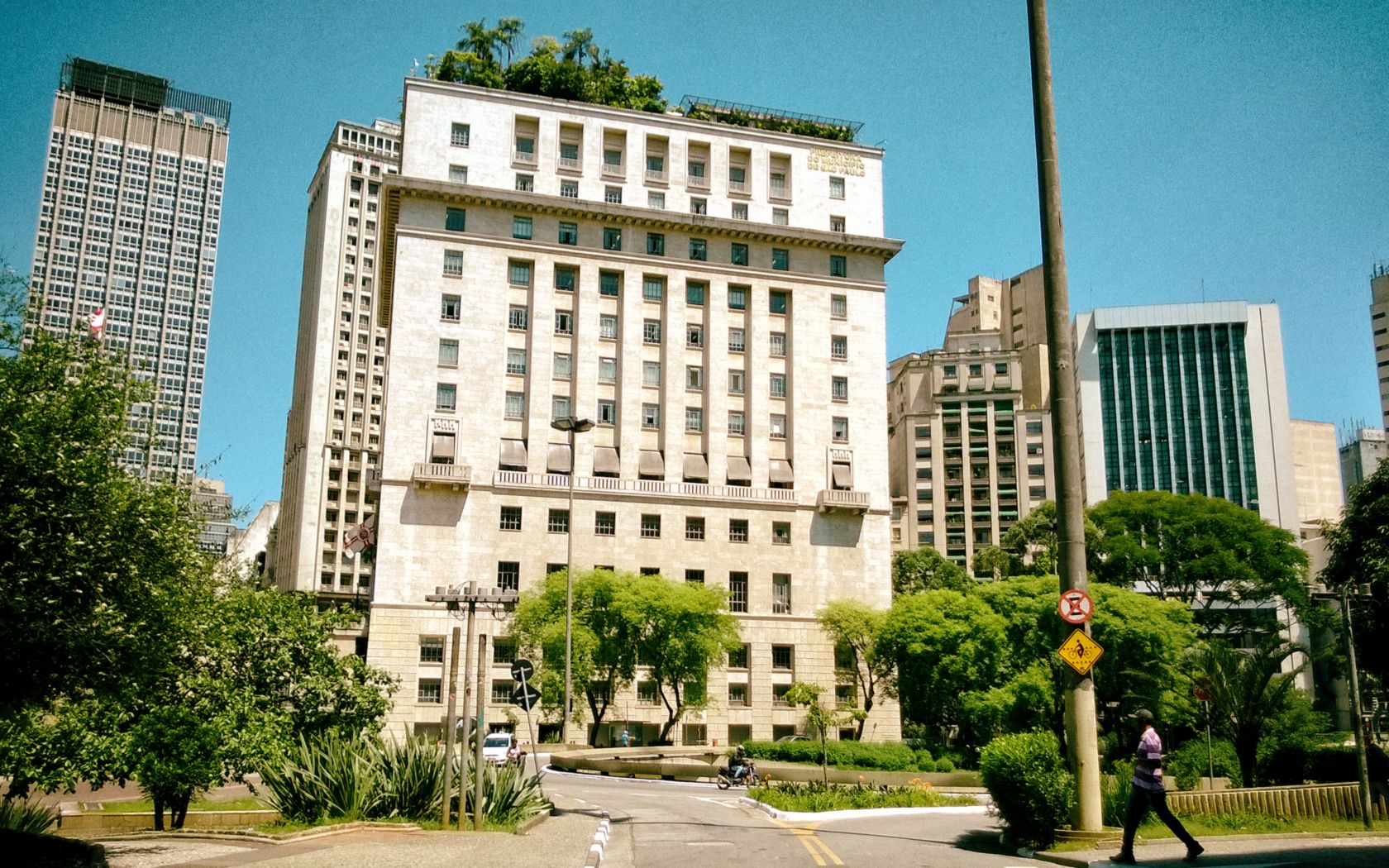
Sao Paulo’s City Hall “the Matarazzo Building” designed by Italian architect Marcello Piacentini. (Image: Diego Torres Silvestre, CC BY 2.0, via Flickr)
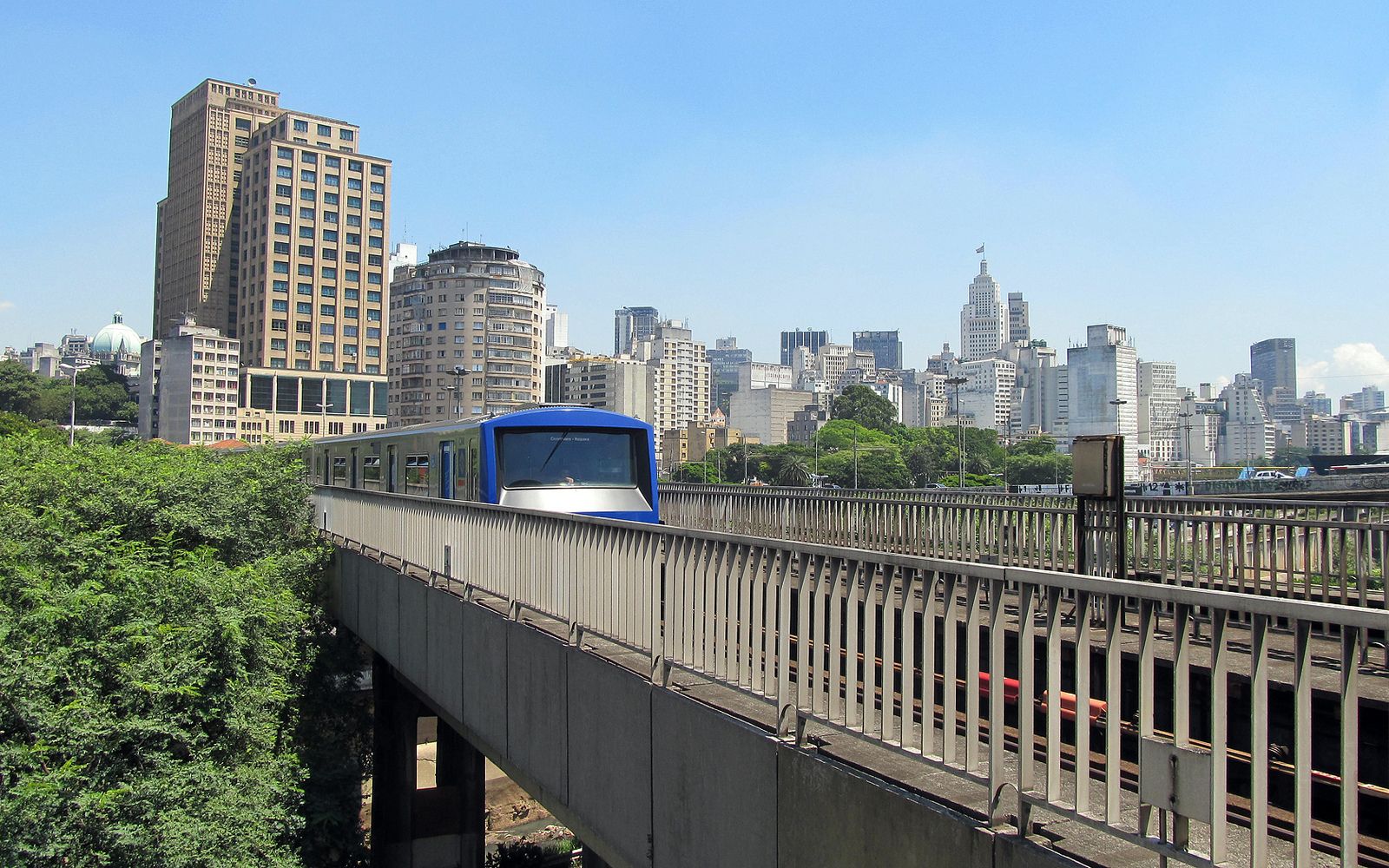
A “Cobrasma” train arriving at Pedro II subway station in Sao Paulo, Brazil (Image: Diego Torres Silvestre, CC BY 2.0, via Flickr)

The Se district and the Valley of Anhangabau (Bad spirits in the native Tupi-Guarani language) form what is called the cradle of Sao Paulo. Here you will find skateboarders and office workers sharing space. (Image: Diego Torres Silvestre, CC BY 2.0, via Flickr)
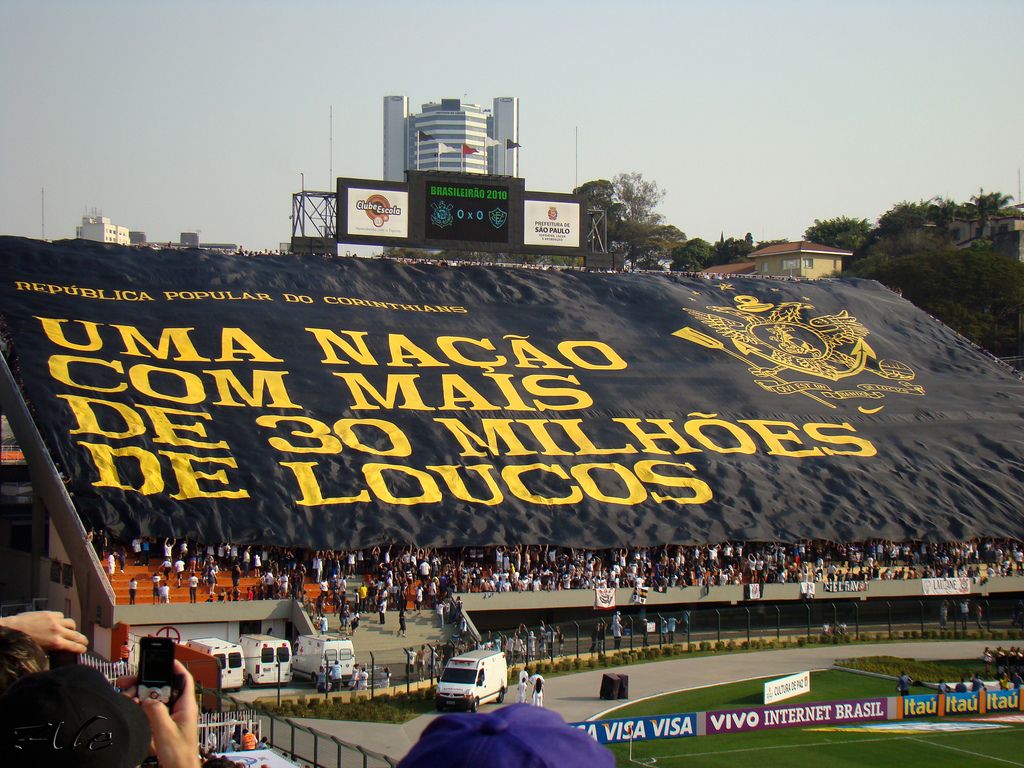
As the Paulista’s say of their hometown football team: “Corinthians is not a team that has a crowd, Corinthians is a crowd that has a team.” (Image: Ale Almeida Photos, CC BY 2.0, via Flickr)

Sao Paulo is a city of old neighbourhoods. (Gustavo Gomes, CC BY 2.0, via Flickr)
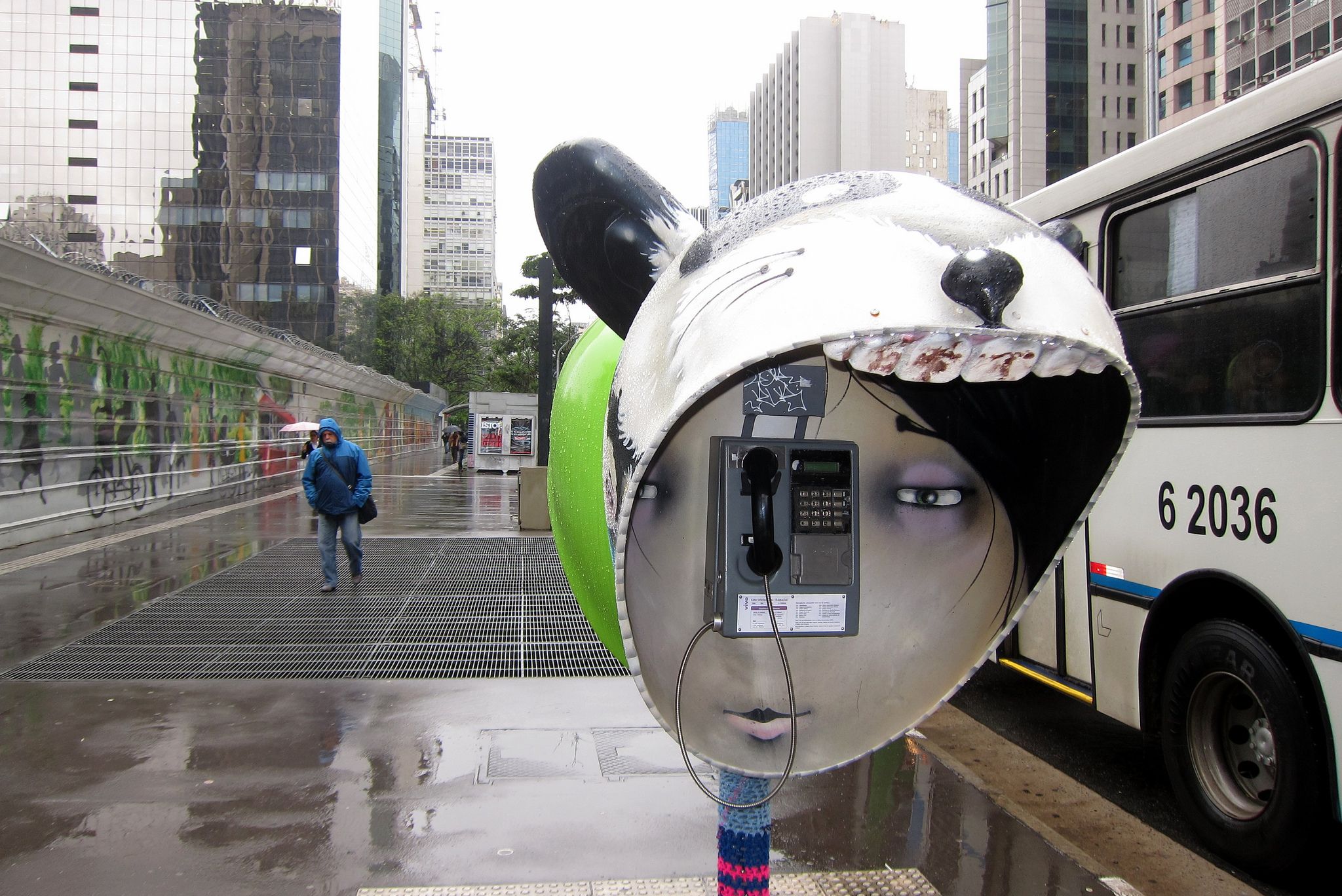
Menina de Capuz, one of the decorated orelhões of Call Parade located at Avenida Paulista x Rua Pamplona, was designed by artist Alexandre Truff. (Image: Wally Gobetz, CC BY 2.0, via Flickr)

A mural painted by graffiti artist Almir Rezende, better known as Lek, adorns the construction site at 120 Anos de Avenida Paulista. (Image: Wally Gobetz, CC BY 2.0, via Flickr)
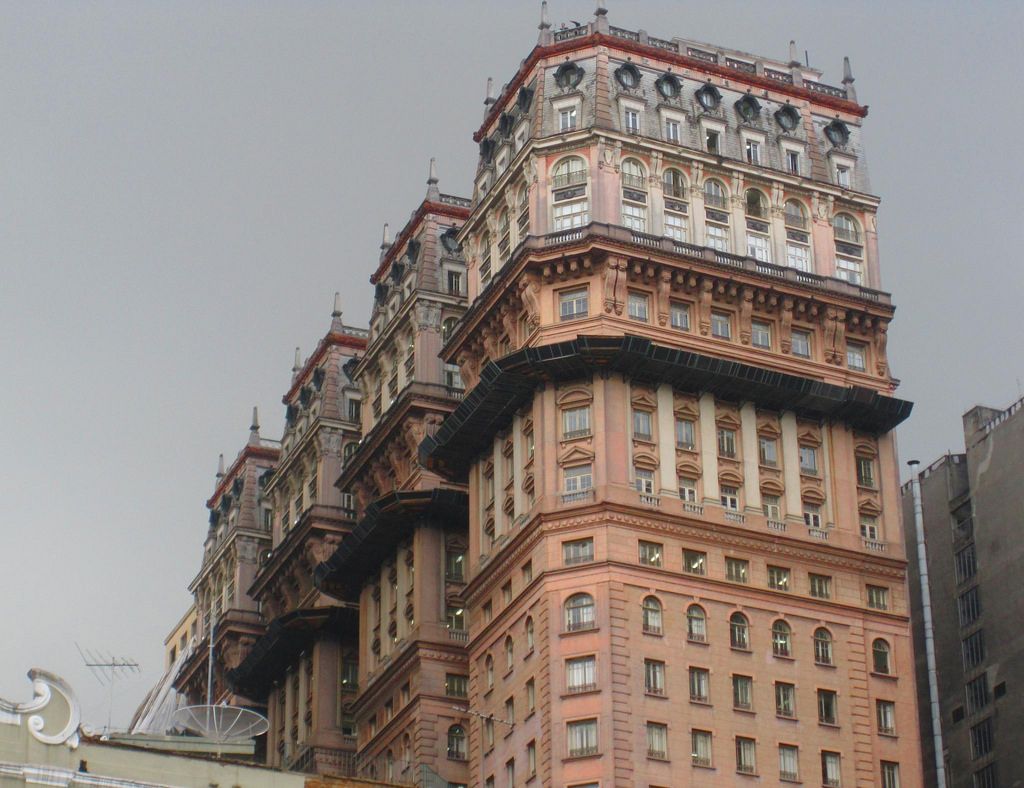
Downtown Sao Paulo has retained many of its historical architectural wonders despite redevelopment. (Image: Mike Slichenmyer, CC BY 2.0, via Flickr)
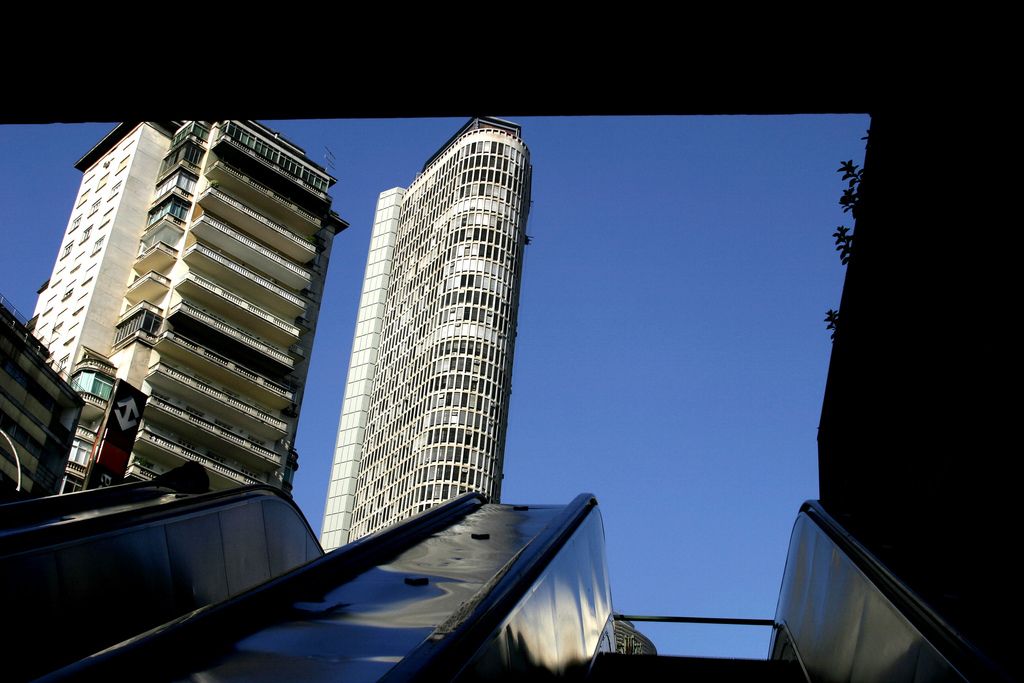
The Edificio Italia tower in downtown Sao Paulo. (Rodrigo Tsuyoshi Ono, CC BY 2.0, via Flickr)
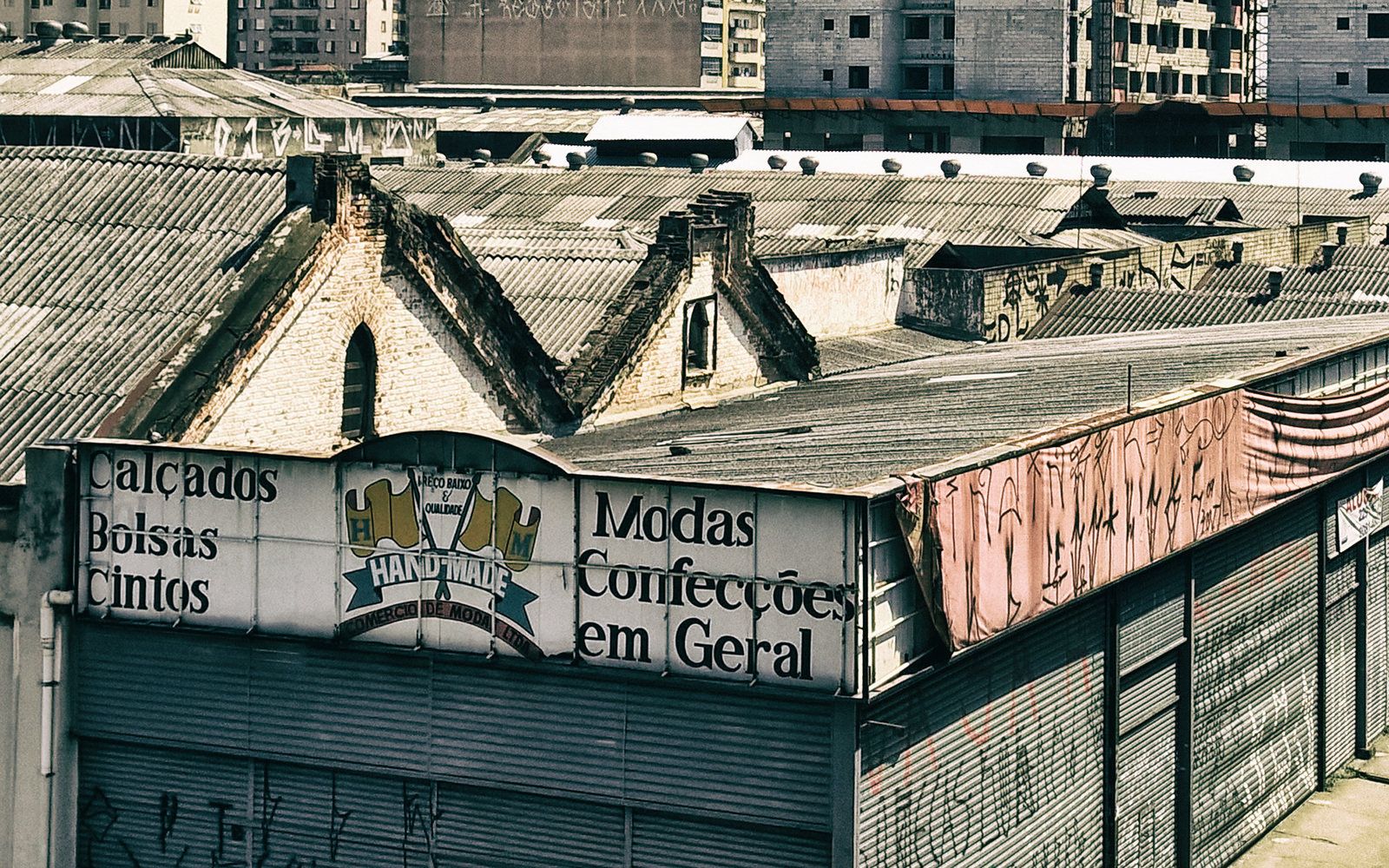
The downtown district of Bras was once home to small workshops and factories. (Image: Diego Torres Silvestre, CC BY 2.0, via Flickr)

Rua Conselheiro Brotero in Barra Funda. (Image: Augusto Gomes, CC BY 2.0, via Flickr)
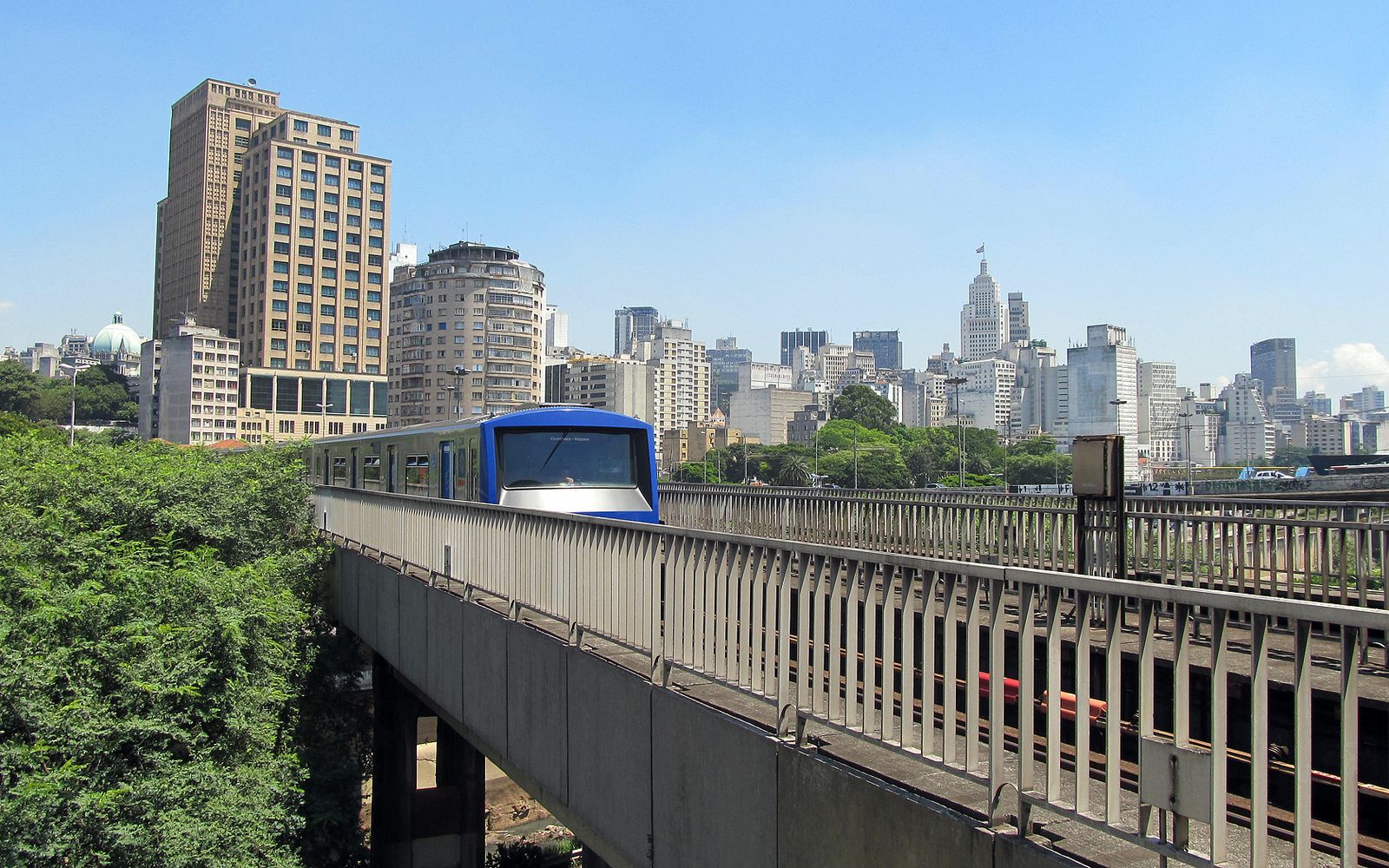
Liberdade in Sao Paulo. The city is home to the largest Japanese population outside of Japan. (Adalberto Gonzaga Filho, CC BY 2.0, via Flickr)

The neo-Gothic Maximillian Emil Hehl designed Catedral Metropolitana de Sao Paulo, located in Prasa da Se, is the cathedral of the Roman Catholic Archdiocese of Sao Paulo. (Image: Wally Gobetz, CC BY 2.0, via Flickr)

The elegant and sinuous Edificio Copan, one of the most important buildings in Sao Paulo. (Image: Gabriel de Andrade Fernandes, CC BY 2.0, via Flickr)
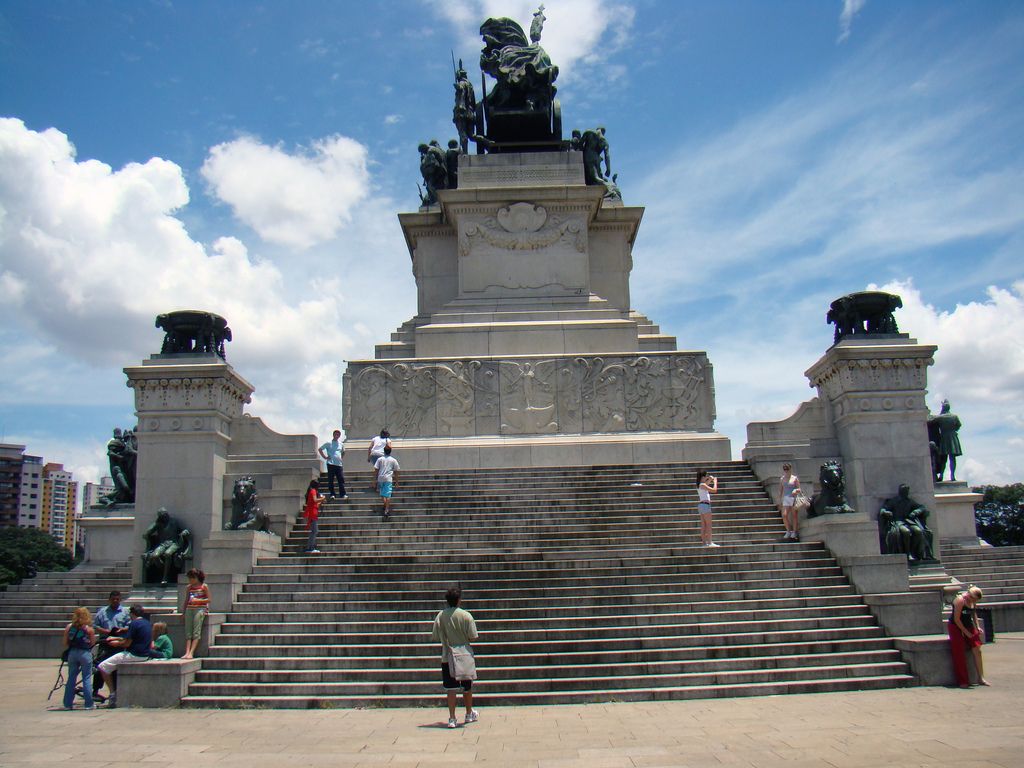
The Monument of the Ipiranga or Altar of the Patria sits on the on the banks of Ipiranga Creek, where the nation of Brazil was born. (Image: Rodrigo Soldon, CC BY 2.0, via Flickr)


